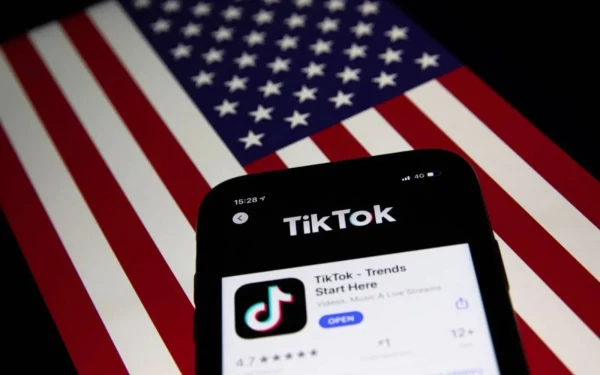Nuclear Fusion May Be the Energy Source of the Future
As fossil fuel reserves dwindle across the globe, many countries are seeking greener, more efficient energy sources. It’s only a matter of time until we completely run out of oil and need to rely on renewable energies like wind, solar, hydro, geothermal, and fusion.

China’s solution to the energy problem is the HL-2M Tokamak, also known as “the artificial sun.” The HL-2M Tokamak utilizes a powerful magnetic field to fuse hot plasma, reaching temperatures as high as one hundred fifty million degrees Celsius. According to the People’s Daily, its maximum temperature is ten times hotter than the sun’s core! Located in the southwestern province of Sichuan and completed late last year, it is called “the artificial sun” on account of its enormous heat and power output. Chinese scientists have been working on smaller versions of the HL-2M Tokamak since 2006. They plan to use the downsized version in collaboration with scientists from around the globe working on the International Thermonuclear Experimental Reactor (ITER), the world’s largest nuclear fusion research project based in France, which is expected to reach completion in 2025.
However, according to STEM Coordinator Mr. Matthew Oster, there are some drawbacks to nuclear fusion. “Fusion can be a sustainable source of energy, but its downfall is with safety,” he said. “It is very difficult to initially suspend the fusion reaction in a magnetic field, and it initially takes in more energy than it yields. On the backside of the reaction, it generates a tremendous amount of power, but has unpredictable byproducts such as gamma radiation.”
To keep safety standards as high as possible, workers go through a checklist to make sure it’s built properly, and they follow a list of rules and procedures for operation. Nuclear fusion is difficult to achieve and also extremely expensive, with the ITER project costing an estimated $22.5 billion. Fusion, however, is considered the holy grail of energy, and is even what powers our sun – it merges atomic nuclei to generate massive amounts of energy.
However, it should not be confused with nuclear fission which, on the other hand, does the opposite. Nuclear fission is the process used in atomic weapons and nuclear power plants, splitting atomic nuclei into fragments to release energy. Unlike fission, though, nuclear fusion does not create solid radioactive waste and carries less risk of accidents, making it an ideal candidate to replace fossil fuels as the energy of the future.
As for more details on how the power would get to civilians, Florida Power & Light (FPL) would have a reactor here in Florida to generate the power locally. FPL would then be able to use the power lines just like they do now, only generating the energy through a different source. For all these reasons and many more, I believe nuclear fusion is an outstanding alternative to fossil fuels, and possibly the best alternative for a cleaner and greener future.




